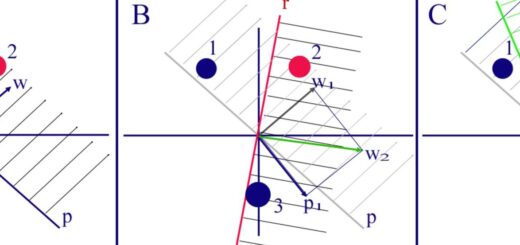Adoption from the banking sector to push the growth of RPA market
Adoption from the banking sector to push the growth of RPA market, Robotic process automation (RPA) is a technological application that automates business operations using structured inputs and business logic.
A business can set up the software, or a “robot,” to record and interpret applications for handling transactions, altering data, eliciting replies, and interacting with other digital systems using RPA technologies.
RPA situations range from sending out thousands of bots trained to automate tasks in an ERP system to sending out an automated email answer.
Many CIOs are using RPA to automate business processes and cut expenses. Business users may spend more time on customer service or other higher-value tasks by automating tedious rules-based business procedures.
Others consider RPA a stopgap to intelligent automation (IA) using ML and AI technologies, which may be educated to predict future outputs.
The banking and financial services sectors are expected to fuel the growth of the robotic process automation (RPA) market, which Market Research Future predicts will reach USD 32.7 billion by 2030.
Adoption from the banking sector to push the growth of RPA market
Organizations may save employment expenses and human error thanks to RPA.
Kofax, an expert in intelligent automation, says the basic idea is straightforward: Let people do activities that get in the way while utilizing robots to tackle those they are better at.
According to Kofax, software robots may boost a team’s productivity by 35% to 50% when set up correctly.
Robotic labor, for instance, may speed up simple, repetitive operations like copying and pasting data between corporate systems by 30% to 50%.
Automating such operations can also increase accuracy by removing error-prone human situations such as being entered in the wrong order during data input.
Bots often don’t require specialized software or extensive system integration, making them inexpensive and straightforward to create.
These qualities are essential as firms strive for expansion without increasing high costs or team member conflict.
These RPA implementations are a component of a value chain known as intelligent automation, where up to 15 to 20 phases may be automated (IA).
It is a separate tale for another day to evaluate your internal processes and workflows that would be suitable candidates for RPA.
There are some fundamental standards worth mentioning in this context since they might give you and your team a clearer understanding of what RPA is and how it could be effective.
These criteria might also be helpful as you talk about RPA installation with non-technical coworkers throughout the business.
Any operations that need a lot of repetitive data labor from employees fall under one of the broad categories.
What can RPA do?
Automating processes using robots These sectors are primarily responsible for the pharmaceutical and healthcare markets’ growth.
However, the banking and financial services sectors are the most significant market participants in robotic process automation.
RPA should be easier to explain and promote outside of IT than other concepts like serverless or microservices, which are more difficult to simplify for non-technical individuals.
The definitions listed above address this. Additionally, explaining to non-IT individuals how RPA deployments might improve their daily lives by removing tedious tasks from the workplace may be more straightforward.
When practical examples of how technology may be applied in business are shown, the light bulbs typically start to shine more quickly.
Let’s thus go back to data-intensive procedures as a suitable place to start. Sudhakar reminds us of the wide range of operations that may be performed on data, including receiving, processing, collecting, correcting, creating, and so on.
Think about how much labor there is in a field like finance: Just handling the receivables and payables alone has often required much manual, repetitive labor from specialized employees.
This is why you hear grand claims regarding RPA in particular business functions:
For instance, Gartner forecasts that by 2020, 73 percent of corporate controllers—up from 19 percent in 2018—will have implemented some RPA in their financial departments.





